When you slip behind the wheel of your Isuzu D-Max, you’re greeted by a dashboard that’s designed to keep you informed about your vehicle’s essential systems.
But what happens when one of those dashboard warning lights flickers to life? You might feel a rush of concern, wondering what’s going on under the hood.
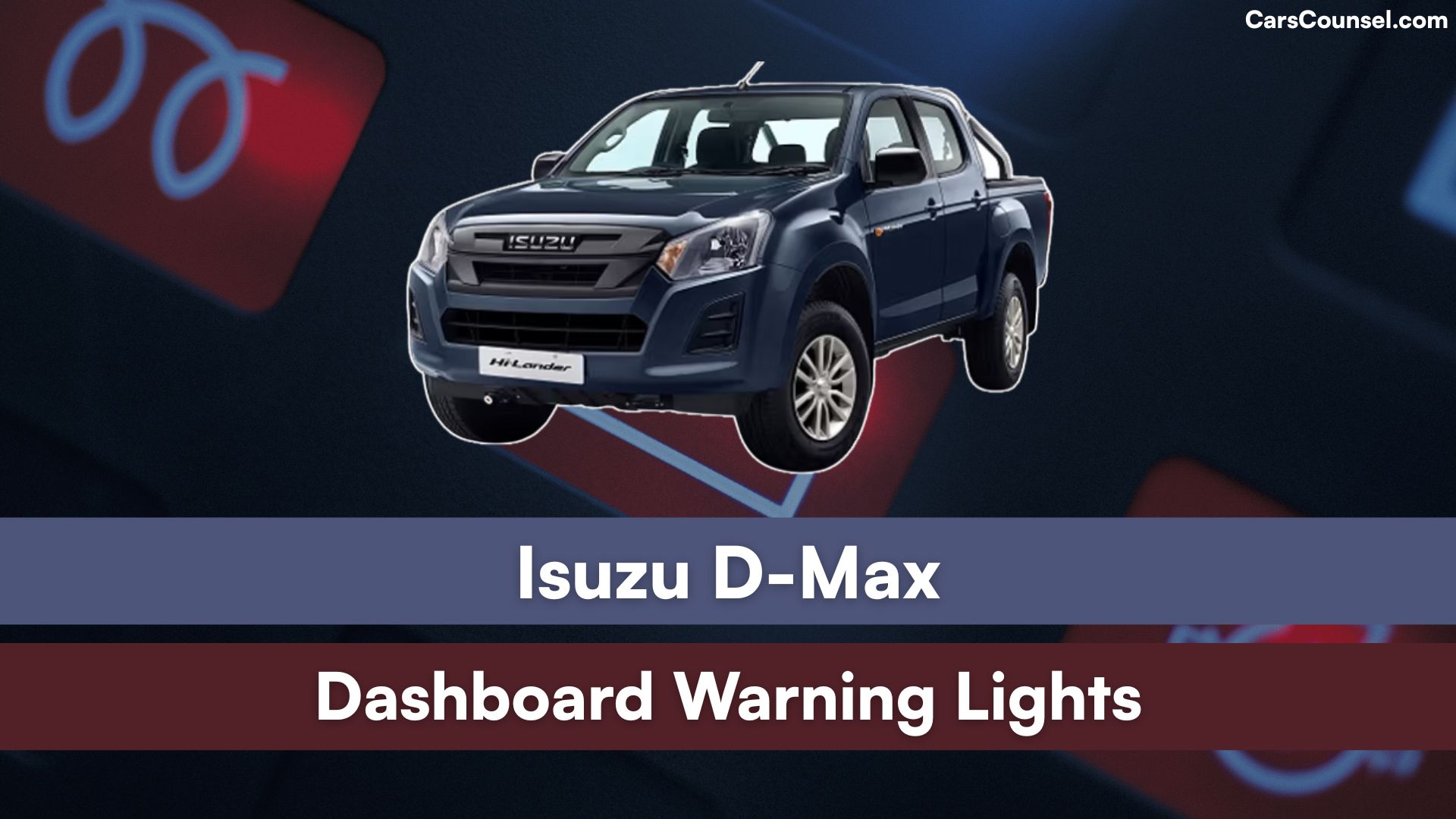
From the airbag and brake system warnings to transmission and electrical system issues, each light is trying to tell you something. But what exactly are they saying, and how can you respond to get your truck back on track?
Quick Navigation
Airbag and Brake System Warnings

When you turn the ignition on, the Isuzu D-Max airbag/SRS warning light should flash seven times, indicating normal operation.
However, if the light doesn’t go out or comes on when driving, it indicates a fault with the airbag and seatbelt pretensioners, which could be an airbag malfunction. You should have it checked and diagnosed as soon as possible.
The brake system warning light, represented by a red exclamation mark in a circle, comes on briefly when you turn the ignition on.
If it stays on or comes on when driving, it may indicate a drop in brake fluid level, a fluid leak, or a brake system failure. Don’t ignore these warnings, as they can lead to serious safety issues.
Engine Oil Pressure and Performance
Low Engine Oil Pressure Light

The red oil can symbol on your Isuzu D-Max’s dashboard indicates the low engine oil pressure light, which briefly illuminates when you turn the ignition on and should extinguish once the engine starts.
However, if the warning light stays on or comes on while driving, it’s a sign of abnormal engine oil pressure. Pull over safely and switch off the engine. Check the oil level and add oil if necessary, then see if the warning light has gone out.
If the light remains on, or the oil level is normal, it indicates low oil pressure and a faulty lubrication system. Use a pressure gauge to diagnose the issue. Ignoring this warning can lead to serious engine damage, so it’s vital to address it promptly.
Transmission and Gearbox Malfunctions
Automatic Transmission Warning Light
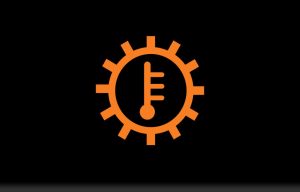
Your Isuzu D-Max’s transmission system is a complex piece of engineering, and like any other critical component, it can malfunction.
When it does, you’ll likely see the cog and exclamation mark warning light on your dashboard. This light indicates a fault with the automatic transmission, which can cause transmission slippage, reduced engine power, and limited gear functionality.
If the light flashes, it means there’s a fault with the transmission electronic control system. In some cases, your vehicle may enter emergency mode, limiting your speed and gear options.
To diagnose the issue, you’ll need a diagnostic code reader to identify the fault code and point you in the right direction for repairs.
Electrical and Battery System Issues
Battery Warning Light
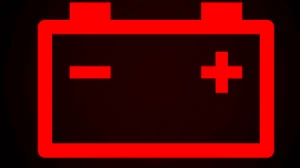
Electrical system issues can be just as debilitating as transmission problems, leaving you stranded or causing other vital systems to malfunction.
If your Isuzu D-Max’s battery warning light comes on, it’s essential to investigate the issue promptly. A charging system fault is often the culprit, which can be due to a broken or loose fan belt, loose or corroded connections or terminals, a faulty generator or alternator, or a faulty battery.
You may experience low battery symptoms such as a clicking sound, dim headlights, or difficulty starting the engine. Electrical fault diagnosis is vital to identify the root cause and prevent further damage.
Be sure to check the battery terminals for tightness and corrosion, and consider replacing the battery if it’s old.
Understanding the Check Engine Light
Check Engine Light
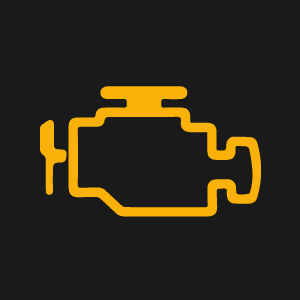
As you continue driving your Isuzu D-Max, the check engine light suddenly illuminates on your dashboard, leaving you wondering what’s going on under the hood.
This warning light indicates a problem with your engine or emissions system. It may come on while traveling at 60km/h, pointing to an issue with the diesel particulate filter.
If the light goes off after a restart, it mightn’t be a serious issue. However, if it stays on, it’s essential to diagnose the problem.
You can use a diagnostic code reader to identify the fault code, which will guide you towards the problem. Don’t ignore the check engine light, as it can lead to more severe engine malfunction if left unaddressed.
Safety and Security Warning Systems
Airbag/SRS Warning Light
The Isuzu D-Max’s safety and security warning systems are designed to alert you to potential hazards and faults in the vehicle’s vital systems, enabling you to take prompt action to prevent accidents or further damage.
These safety features are essential in preventing accidents and guaranteeing your safety on the road.
The airbag/SRS warning light alerts you to faults in the airbag and seat belt pretensioners, while the parking sensors warning light indicates obstacles when parking.
The brake system warning light comes on if there’s a drop in brake fluid level or a fluid leak, and the handbrake warning light can indicate a worn brake switch or more serious braking system issues.
It’s vital to address these warnings promptly to guarantee your safety and the safety of others on the road.
Transmission Electronic Control Faults
Transmission Electronic Control Warning Light
Your Isuzu D-Max’s transmission electronic control system is responsible for guaranteeing smooth gear shifts and ideal engine performance.
If the system malfunctions, you’ll see the cog and exclamation mark warning light on your dashboard. This light indicates a fault with the automatic transmission’s electronic control system.
If it flashes, it means there’s a fault with the transmission electronic control system. Your vehicle may enter emergency mode, reducing engine power and limiting gear functionality.
Diagnostic code readers can help identify the fault code and point to the direction of the problem.
It’s essential to address transmission electronic control faults promptly to prevent further damage and safeguard your safety on the road.
Charging System and Battery Problems
Battery Warning Light
Faulty charging systems and battery problems can leave you stranded, so it’s vital to recognize the warning signs.
Your Isuzu D-Max’s battery warning light comes on when the ignition is switched to on and goes out when the engine has started. If the battery light remains on or comes on when driving, it indicates a charging system fault, often due to a broken or loose fan belt, loose/corroded connections/terminals, faulty generator/alternator, or faulty battery.
Regular battery maintenance is essential to prevent issues. Alternator failure can also cause the battery light to come on. It’s vital to address these issues promptly to avoid being stranded.
Passive Entry and Start System Issues
Passive Entry and Start System Warning
What’s causing your Isuzu D-Max’s passive entry and start system to malfunction?
If you’re experiencing issues with your passive entry and start system, it could be due to Key Fob Issues or Electronic Key Faults.
Check if your electronic key battery is running low or dead, as this can prevent the passive entry and start system from functioning.
A low battery may cause the system to malfunction, resulting in a clicking sound and all lights on the dash coming on.
Inspect your key fob for any signs of damage or corrosion, which can also affect the system’s performance.
Diagnostic code readers can help identify the fault code and point to the direction of the problem.
Miscellaneous Dashboard Warning Lights
Road Ice Warning Light
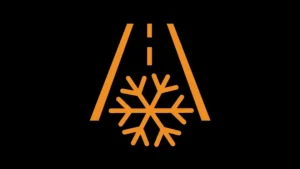
The road ice warning light illuminates when the outside temperature is low and the road surface may be frozen.
Water Separator Reminder Light

In the same way, the water separator reminder light comes on with the ignition set to on, indicating that the water in the water separator needs draining.
Diesel Particulate Defuser Warning Light
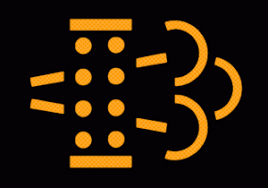
Additionally, you may notice the diesel particulate defuser warning light, which requires you to clean the diesel particulate filter by driving at a constant speed of over 45 mph.
These lights are vital to ensuring your vehicle’s performance and safety, so be sure to address them promptly.
Safety and Security Warning Systems
Electronic Stability Control (ESC) Warning Light
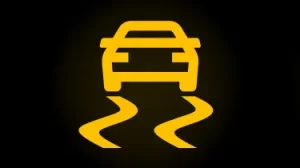
Illuminates when there’s a fault in the ESC system, reducing traction control. Drive cautiously and avoid sharp turns until the system is inspected.
Tire Pressure Monitoring System (TPMS) Light
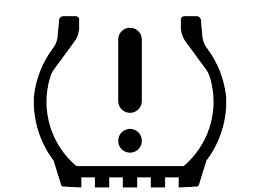
Alerts you to low or uneven tire pressure. Check all tires immediately to prevent blowouts or poor fuel efficiency.
Lane Departure Warning (LDW) Light
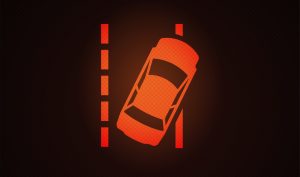
Activates when the system detects unintentional lane drifting. Ensure proper lane discipline or check for camera/sensor obstructions.
Engine and Emissions Alerts
Glow Plug Warning Light (Diesel Models)
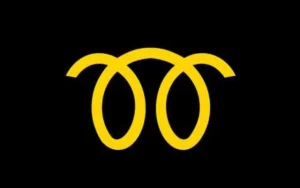
Signals an issue with the glow plugs in cold starts. Allow extra warm-up time or have the plugs replaced to avoid hard starting.
AdBlue® Warning Light
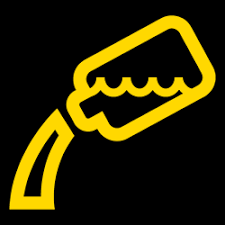
Indicates low diesel exhaust fluid (DEF) levels. Refill AdBlue® promptly to prevent engine power reduction or startup blockage.
Reduced Engine Power Light
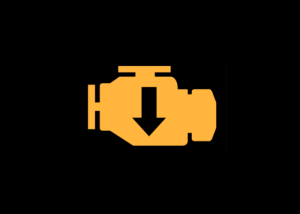
Appears when the ECU limits performance due to a critical fault. Seek immediate diagnostics to avoid further damage.
Advanced Driver-Assistance Systems (ADAS)
Forward Collision Warning (FCW) Light

Warns of a potential frontal impact. Check radar/camera cleanliness and maintain safe following distances.
Blind Spot Monitoring (BSM) Alert
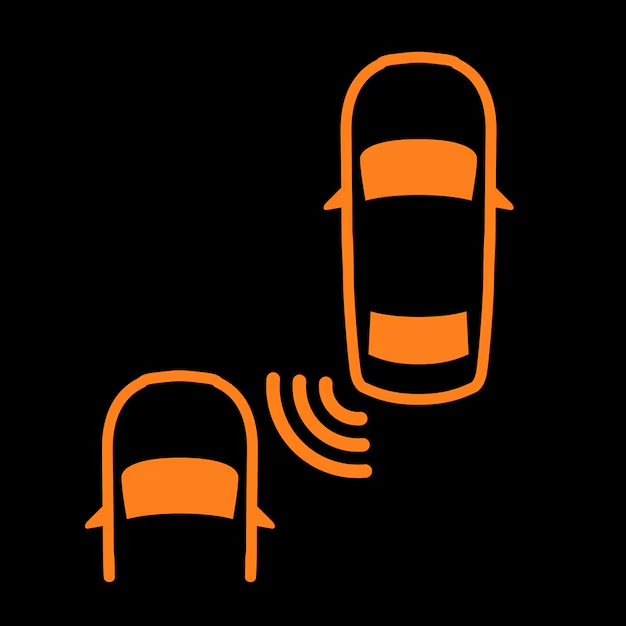
Flashes when a vehicle is detected in your blind spot. Verify sensors are unobstructed for accurate detection.
Automatic Emergency Braking (AEB) Fault Light
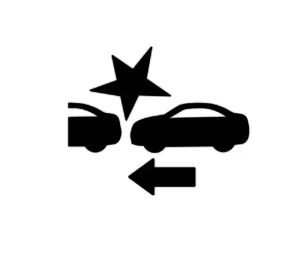
Indicates system deactivation due to a malfunction. Professional recalibration may be required.
Hybrid/Electric-Specific Warnings (if applicable)
High-Voltage Battery Warning

Critical alert for hybrid/electric models signaling battery faults. Pull over safely and contact a technician immediately.
Regenerative Braking Malfunction
Reduced energy recovery efficiency. Have the braking system inspected to restore optimal charging performance.
Always consult your owner’s manual when warning lights appear and seek professional diagnosis for persistent warnings to maintain your Isuzu D-Max’s performance, safety and longevity. The vehicle’s advanced diagnostic systems provide detailed fault codes that help technicians quickly identify and resolve issues.

